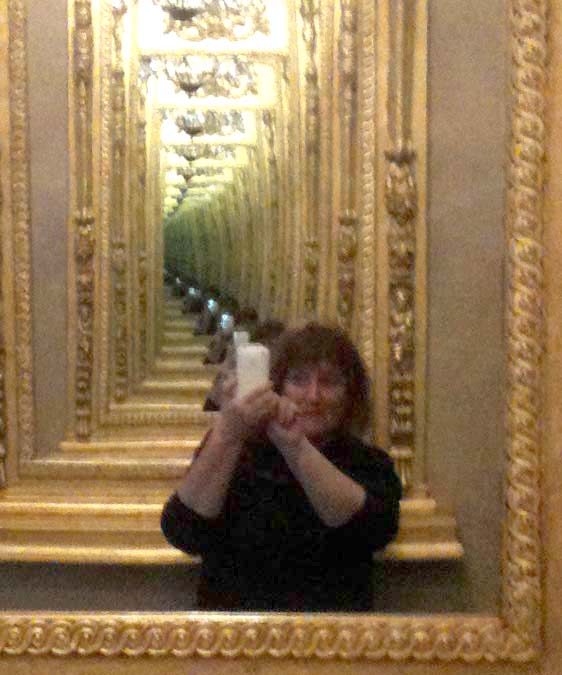ITC 298: Google Panda Update And Searcher Blocking Data

Assignment 4: Google Rolls Out Its Panda Update Internationally And Begins Incorporating Searcher Blocking Data
Google launched a substantial algorithm change (known as “Farmer” or “Panda”) aimed at identifying low-quality pages and sites. These are pages (often seen on so-called “content farms”) with text that is relevant for a query, but may not provide the best user experience. (Google calls it a “high quality sites algorithm”.) How do they do this and how does it affect existing sites?
- The algorithm impacts all English language queries.
- The initial Panda launch impacted nearly 12% of queries.
Google measures relevant search results based on
- text on a page
- anchor text in links
- page load time
How does the algorithm reflect what a user would find useful? They found an 84% overlap in sites that were negatively impacted by Panda and sites that users had blocked with the Chrome extension.
Questions to consider to improve search ratings on any site:
Can visitors easily find their way around? This isn’t a problem on my own magazine and portfolio sites.
Is it obvious what topic each page is about? There is a variety of content in the magazines, but the titles and content are consistent within the page itself.
Is the content original or is it aggregated from other sources? Original content, with tons of outbound links.
Do the number and placement of the ads obscure the visitor’s ability to quickly access the content? This is what made me stop reading Salon.com, the ads that completely obscure the page and are resistant to any efforts to closing them, with close buttons in places you wouldn’t expect. I never watch the ads because I’m battling the intruder. On my sites, Adsense and affiliate ads are in the right sidebar. They’re styled to look like more content, with the typography and link colors matching the rest of the magazine copy. I chose to make the ads fit in as content rather than stand out graphically, because I think it lends a more credible look.
When looking objectively at the site, is the primary focus the user need or the business goal? User need on the magazine articles. I should put a block of ads above the fold in the copy, which will provide more ads without causing the reader to scroll down to get to the ads or block their way to valuable content.
Is the content on the page authoritative and valuable? Does it answer the query better than other pages on the web? Magazine articles are a little different than ad copy - it’s there to entertain and inform, but it’s not geared to answering a question that can be targeted with keywords. I’m planning to introduce some new features which will be reviews of products I can link to. The trick is that a review might seem biased and unreliable if there’s a profit tie to it.
If some of the pages on the site are very high quality and engaging, are other pages on the site not as high quality? (Google has stated that enough low quality content on a site can reduce the entire site’s rankings, not just the low quality pages.) Yikes, my contributors and I can make jokes about this all day. The quality of the content is high if one considers that it’s unique and original, well composed and grammatically correct.
Use these findings to target improvements to your site that will enhance the overall user experience (which should also benefit overall engagement, loyalty, and conversion) Good advice. I may have to choose a different kind of article to raise my ratings, but not much stands out as spammy.






